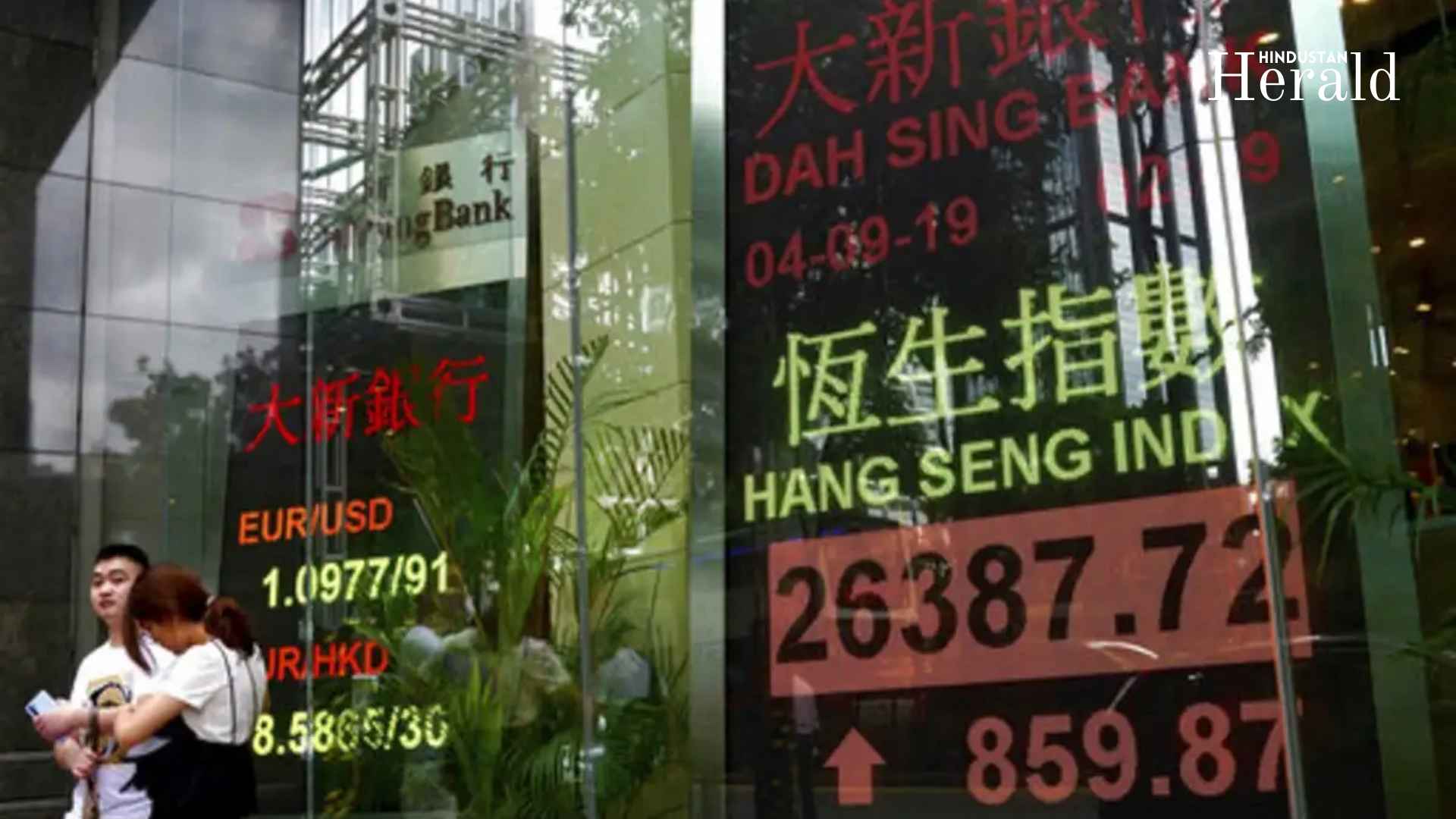ChatGPT’s Ghibli-Style Image Feature Sparks Viral Trend—and Heated Debate

The internet is buzzing with Ghibli-style portraits after OpenAI’s ChatGPT rolled out its most advanced image-generation feature, allowing users to transform real-world photos into animations that resemble the legendary Studio Ghibli aesthetic. The trend has taken over social media feeds, with AI-generated versions of politicians, celebrities, and pets reimagined in the whimsical hand-drawn world pioneered by Hayao Miyazaki.
What’s Driving the Ghibli Craze?

Inspired by iconic works like Spirited Away, Howl’s Moving Castle, and The Wind Rises, the new feature taps into a style beloved for its pastel palettes, detailed backgrounds, and emotional depth. OpenAI’s ChatGPT now enables free users to access the tool, and Sam Altman himself joined the trend, updating his social media profile with a Ghibli-style version of his photo.
How to Create Ghibli-Inspired AI Art
For ChatGPT Users:
- Open ChatGPT (latest version).
- Tap the three-dot menu in the prompt bar.
- Select “Image” next to the “Canvas” option.
- Type a detailed prompt like: “A Ghibli-style portrait of Narendra Modi and Donald Trump shaking hands at the Taj Mahal.”
- Download and share the image.
Grok 3 Hack for Free Users:
- Access xAI’s Grok 3 chatbot.
- Enter a descriptive prompt (e.g., “A Ghibli-style portrait of Sachin Tendulkar and Virat Kohli at Lord’s Cricket Ground.”)
- Upload a reference photo (optional).
- Generate and download your image.
What is Ghibli Art, and Why Does It Matter?

Founded in 1985 by Hayao Miyazaki, Isao Takahata, and Toshio Suzuki, Studio Ghibli is known for its handcrafted animation, imaginative worlds, and emotionally rich storytelling. Its films have won global acclaim, with Spirited Away winning an Oscar for Best Animated Feature.
The studio’s style blends muted color palettes, nature-heavy visuals, and characters that evoke nostalgia and depth. The “Ghiblification” of real-world people through AI taps into that visual legacy—but not without controversy.
Ethical Concerns Cloud the Viral Trend

Despite its popularity, the AI-generated Ghibli portraits have sparked backlash. Many fans and artists argue that the replication of Miyazaki’s hand-drawn genius through machine learning dilutes the spirit of his craft.
Miyazaki himself has long expressed skepticism toward AI animation, calling it devoid of “soul.” Critics argue that while ChatGPT’s tool avoids directly copying living artists’ styles, it still mimics broader studio aesthetics—raising important questions about creative ownership and AI ethics.
The Legal Gray Area
OpenAI, currently facing multiple copyright lawsuits, stated in a recent technical paper that the tool employs a “conservative approach” to avoid mimicking identifiable living artists. Yet the rise of AI tools trained on vast datasets of creative content continues to blur lines between inspiration and imitation.
Where Art Meets Algorithm
Whether seen as an exciting new way to engage with beloved art styles or as a troubling sign of AI overreach, the ChatGPT Ghibli-style AI art trend has become impossible to ignore. As AI tools advance, the debate over the limits of machine creativity versus human expression will only grow louder. For now, the world is watching—and generating—through Ghibli-tinted lenses.
Recap Bullets:
The Hindustan Herald Is Your Source For The Latest In Business, Entertainment, Lifestyle, Breaking News, And Other News. Please Follow Us On Facebook, Instagram, Twitter, And LinkedIn To Receive Instantaneous Updates. Also Don’t Forget To Subscribe Our Telegram Channel @hindustanherald








